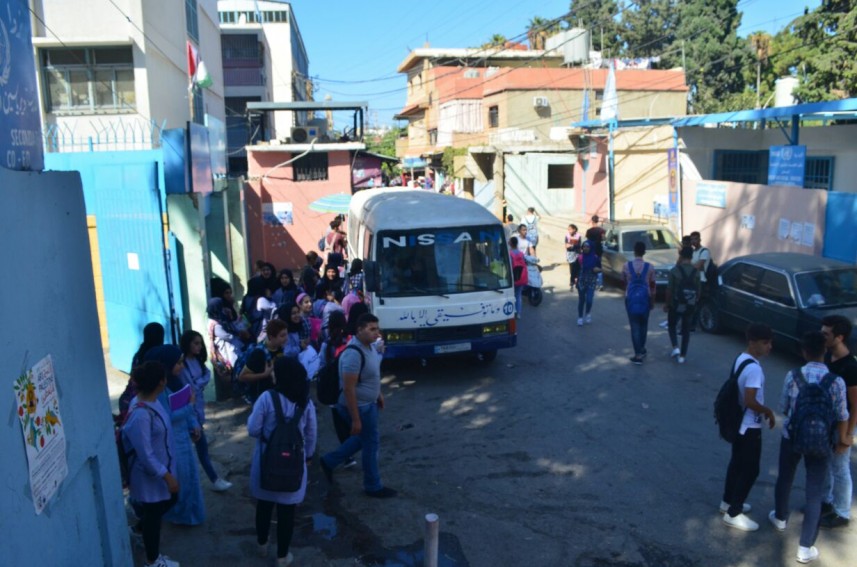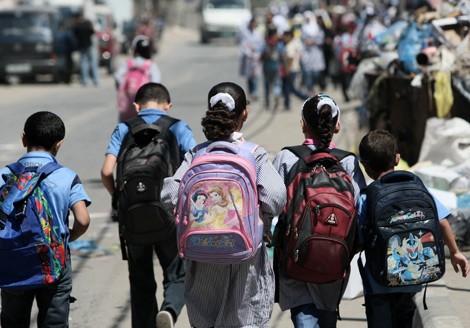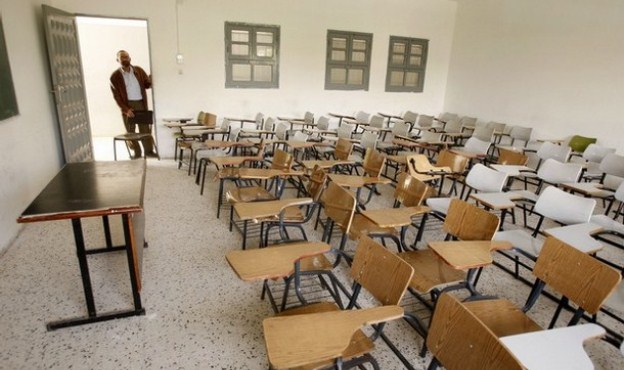

DROPPING OUT OF SCHOOL

IN 2018, 16.3% OF MONTREAL YOUTH DROPPED OUT BEFORE GRADUATING.
DEFINITION OF DROPPING OUT
Dropping out of school refers to abandoning one's schooling before getting an initial diploma. This can be a high school diploma (DES), a vocational diploma (DEP), or a qualification (training certificate in a semiskilled trade or prework training certificate).

Students do not drop out of school overnight. Dropping out is a complex and multifaceted phenomenon. Throughout their schooling, youth are constantly influenced by various factors called "determinants of school perseverance". When these factors have a negative influence, they are called risk factors. Risk factors increase the likelihood that a student will struggle at school, which can lead to dropping out. Determinants of school perseverance include motivation and engagement, self-esteem, parental supervision, school climate, and community resources.
DROPOUT INDICATOR: RATE OF STUDENTS LEAVING SCHOOL WITHOUT A DIPLOMA OR QUALIFICATION
To quantify the dropout rate in Québec, the ministère de l'Éducation et de l'Enseignement supérieur (MEES) calculates the rate of school leavers, among students enrolled in youth-sector general education in a given year, who leave without a diploma or qualification. The rate is calculated annually.

A dropout, also called an "early school leaver," is a student who was enrolled in Secondary 1 to 5 of Québec's youth-sector general education program as of September 30 of a given year but who cannot be found in any general education youth-sector teaching establishment, adult-sector program, or vocational program in Québec during a follow-up almost two years later.
Rate of early school leavers = students leaving school without a diploma or qualification / All high school leavers enrolled in youth-sector general education

Notes:
- Unless otherwise indicated, the indicator used throughout this site is the public-sector dropout rate, since the government's graduation rate targets are based on public-sector parameters.
- Due to methodological differences, the dropout rate cannot be calculated simply by subtracting the graduation rate from 100%.
For further details and information on the dropout rate, please visit the MEES website. (French only)
DROPOUT RATES DECLINING IN MONTREAL
For several years, the dropout rate has been declining in Montreal. At 24.6% in 2009, it dropped to 16.3% in 2018. Despite this notable improvement, no fewer than 1,970 students left school without obtaining a diploma in 2018. Taking a closer look at Montreal's specific context helps to better understand these figures.
CHANGES IN DROPOUT RATE
Montreal 2009 Montreal 2018
Total 24.6% 16.3%
Girls 20.6% 13.8%
Boys 28.5% 18.8%
DROPPING OUT: COSTS AND CONSEQUENCES

Dropping out has considerable repercussions on both the person who drops out and the community as a whole. According to the 2019 study Persévérance scolaire et conciliation études-travail : une piste de solution à la pénurie de main-d'œuvre, "...students dropping out of Montréal's public school system in the 2019-2020 school year alone will earn $261.7 million less over the course of their working lives. For the government, this represents $72.0 million in lost tax revenues from secondary 5 dropouts in these school boards. The impact on Montréal's economy is nearly $600 million."

Moreover, compared to high school graduates, dropouts are less civically engaged. For instance, they vote less, do less volunteer work, and make fewer donations of blood.
Dropping out also hurts the drop-outs on a personal level. People lacking high school diplomas have lower annual incomes and higher unemployment rates, are more likely to suffer from depression, and have shorter life expectancies than high school graduates

DROPOUTS, WHO ARE THEY?
Dropouts present a wide range of characteristics. Janosz et al. (2006) have classified them into four distinct types: quiet, maladjusted, disengaged, and low-achiever.
Quiet - 40% of dropouts
- Tend to come from socioeconomically disadvantaged neighbourhoods
- Like school
- Say they are engaged with their education
- Present no behavioural problems
- Grades are nevertheless low
Maladjusted - 40% of dropouts
- Present behavioural problems
- Also tend to fail at school
- Problems present in several areas of their lives (school, family, and social)
- Have troubled family environments
Disengaged - 10% of dropouts
- Say they are disengaged with school, school does not make sense to them
- Have some behavioural problems
- Have average grades
Low-achievers - 10% of dropouts
- Very poor grades; tend to fail or repeat grades
- This affects their motivation at school
- Present no or few behavioural problems


